by Jim Lakin CAS
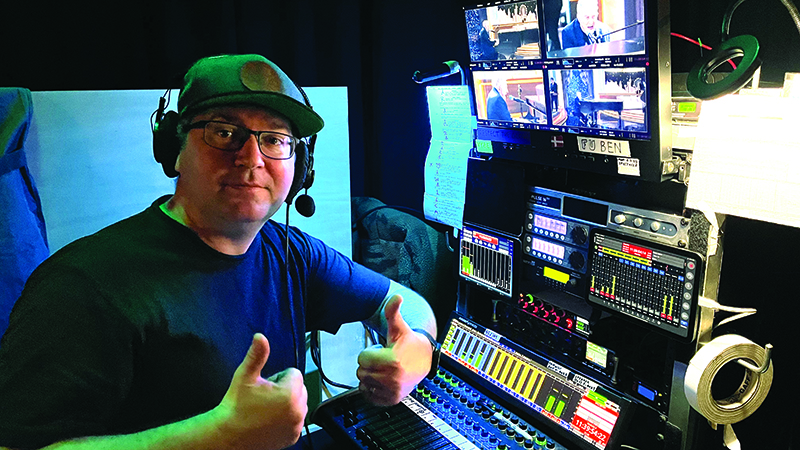
Mixing Hacks has been one of the best experiences of my twenty-plus-year career as a Local 695 Mixer in Los Angeles. I first want to thank Boom Operator Ryan Fee and Sound Utility Claire Mondragon for joining me on Hacks, as well as several other shows. Department continuity helps even the most technically challenging days to move smoothly; and we’ve definitely had our share of curveballs during Hacks. In my opinion, the joyful attitude Ryan and Claire bring to set every day is seldom matched in this business, and I’m very fortunate to call them my friends and my colleagues. A huge thank you to the brilliant creators and showrunners Lucia Aniello, Paul Downs, and Jen Statsky. To say Hacks is a heavy on-location series or that it has a lot of moving parts would be a huge understatement. Lucia, Paul, and Jen have created an environment where every department can thrive, and I think it translates to the screen how much the entire cast and crew puts into this show and enjoys the process of making it. I would also like to thank our post sound team of John Cook, Ben Wilkins, Brett Hinton, and everyone else for their incredible work and tremendous communication over the seasons.
During my career, I’ve mixed shows on everything from a Nagra 4.2, Fostex PD4, and all the way through the HDD/SSD multitrack transition. The Deva II, being my first recorder, and back in those days, I was mixing on a PSC M8. After a brief time with the Fostex DV824 and then the Sound Devices 788T, I had moved over to the Sound Devices 688/CL-12 combination with great results. After going over the scripts I got prior to starting Hacks, and having conversations with our showrunners, it was clear that the 688 may be just a touch short on tracks for a comedy series where everyone was to be wired at all times for improvisation and last-minute adds that didn’t slow down production. I’ve enjoyed Sound Devices products ever since my first 442, 702T, 788T, and beyond, so the choice was easy for me. Knowing that we would have stage performances, music playback, and dialog playback into earwigs, as well the usual number of Comtek, Video Assist, Boom Operator, and Utility Sound feeds, I was excited to see how the Scorpio/CL-16 combination worked.
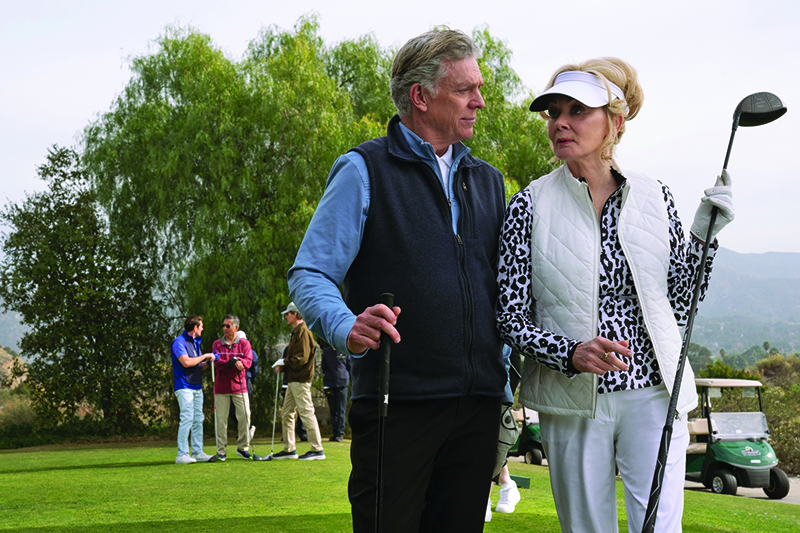
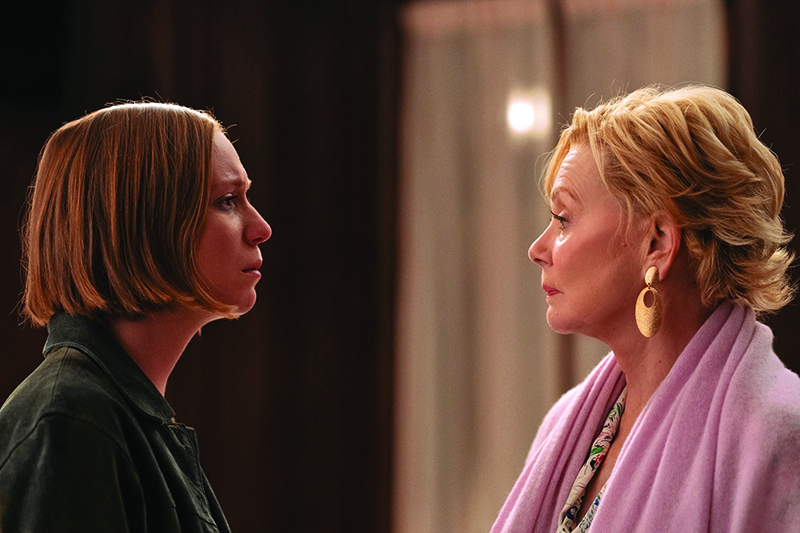
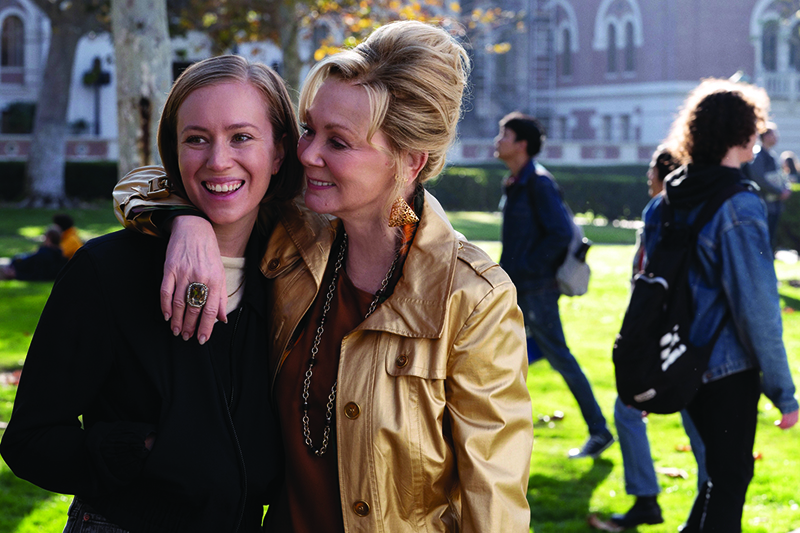
While most digital recorder/controller systems have input and output routing flexibility without the need to re-patch, I was very impressed by the CL-16 interface. It was easy for me to quickly assign multiple sources (any combination) of pre-fader, post-fader, or fixed level to any of the twelve busses, and also assign any of those busses to any of the twelve analog outputs. Surely this is overkill for the needs of many shows out there, but we all love having the extra channels, tracks, Dante I/O, and flexibility, don’t we?
I purchased my upright-style sound cart from Harrison ‘Duke’ Marsh (thanks Duke!) back in early 2020 when none of us really new how bad this COVID thing was going to get. I decided years ago that I liked the vertical carts, especially given how so many multichannel wireless systems are designed to go in racks as are more and more monitors. My cart consists of the Scorpio and CL-16, a Sound Devices MixPre-10T backup recorder, four Lectrosonics Venue 2 systems for twenty-four channels of wireless, a Ferrofish Pulse 16 DX 16×16 Dante Interface, two Comtek BST 25/216 TX’s, four Lectro IFB TX’s, a retractable 1RU 17” monitor, some lights, and a hotel-style call bell. I also use two iPad mini’s on the front of the cart for the Scorpio and backup recorder. Below the Scorpio and CL-16 is a Remote Audio Meon LiFe and Meon Extra LiFe (EL40) for a total of 60 amp hours of LiPo battery power. On the back of the cart, I have small wheels on the top handle so that the cart can be laid on its back (thanks again Duke!). I also have multiple BNC and XLR patch bays so I can easily patch in and out whatever audio or video source I need. I also have two rows of dual BNC connectors that can be used to bring multiple UHF antenna signals in or out. I bring in the antennas to my Venue’s, and the outs to either remote a Boom or Utility IFB antenna, or remote a Comtek Phase-Right antenna for use with earwigs, or closer to the village if we are separated deep in a building. I’m a big fan of landing the cart and moving it as few times as possible.
We primarily use Schoeps CMIT 5U’s, mini-CMIT’s, and Sennheiser MKH50’s for booms, and a combination of DPA 4060 and DPA 6060’s, Sanken COS-11’s, and Countryman B6’s lav mics depending on the costumes, which run quite the gamut. I use Lectrosonics for cast and sound department, SMWB’s and SSM’s on cast, HMA’s for booms and large plants.

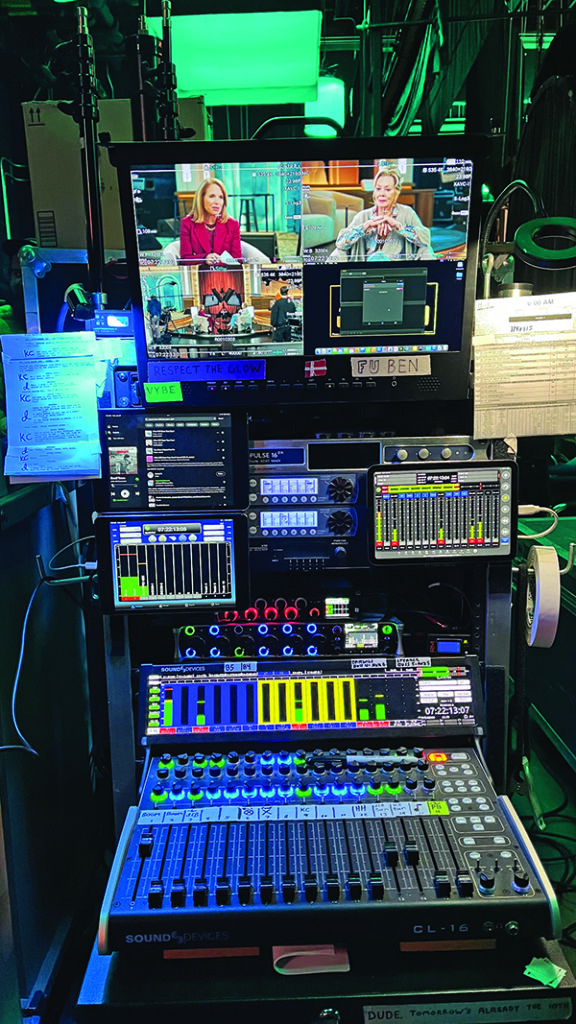
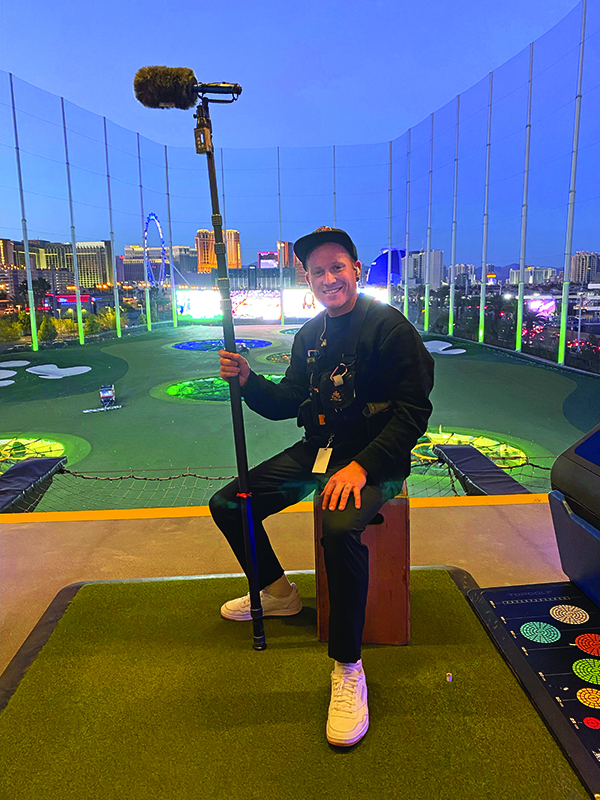
We began filming Hacks in the fall of 2020 with COVID still running rampant, and of course, had daily testing for everyone in Zone A. Our first season was at Paramount, and no food nor beverage could be enjoyed while on stage. I will always remember those days when I opted to mix from outside the stage, just so I could have a snack or some caffeine without having to leave my cart. Our video village had the same problem, and was always a little farther from set than anyone would have liked, and thus, the VOG came into play for every day and every scene. We went through a few iterations over the seasons, with changes only to the powered speaker itself. A request to have two VOG PTT transmitters available every day was made prior to the start of production, as either one for the director, and one for the supervising director, or for the AD. This was a good job for my Lectrosonics UM400a units and an SRC receiver. We had other options available, including wireless handheld mics, but the village seemed to like the walkie-style PTT mic with the UM400a combo. I’m currently using the JBL EON One and enjoying the long-lasting battery operation (Ten hours with one battery that is also swappable with easy access), multiple inputs, built-in mixer, good sound quality and power for the size/weight. It’s Bluetooth functionality helps, as well with last-minute non-sync music requests.
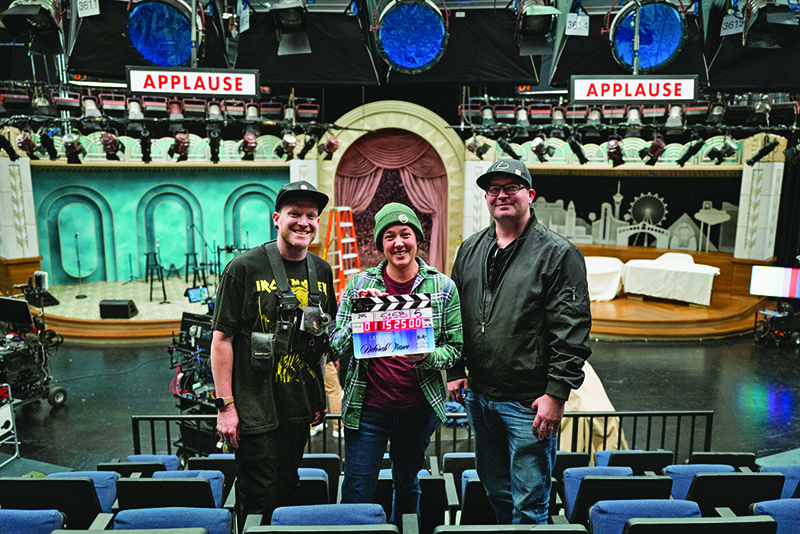
As more and more episode scripts came my way, I was happy to see that we would have plenty of live stage comedy work, a good bit of interesting non-stage locations, and even a little singing, which turned into more and more singing throughout the seasons. I chose my cart based on its solid build quality and knowing it could fit through any doorway in LA that was built to code (and many that aren’t), and I’m really glad I did as Hacks has been a heavy trailer and stakebed show. We’ve been to dozens of theaters and comedy clubs all over LA, as well as rooftop bars, Hollywood nightclubs, subterranean restaurants, sidewalks, theme parks, golf courses, hotels, pickle ball courts, and even an active cruise ship. The ability to lay my cart on its back came in handy during some of our golf course days when the only vehicles available to run us up and down the courses were gators.
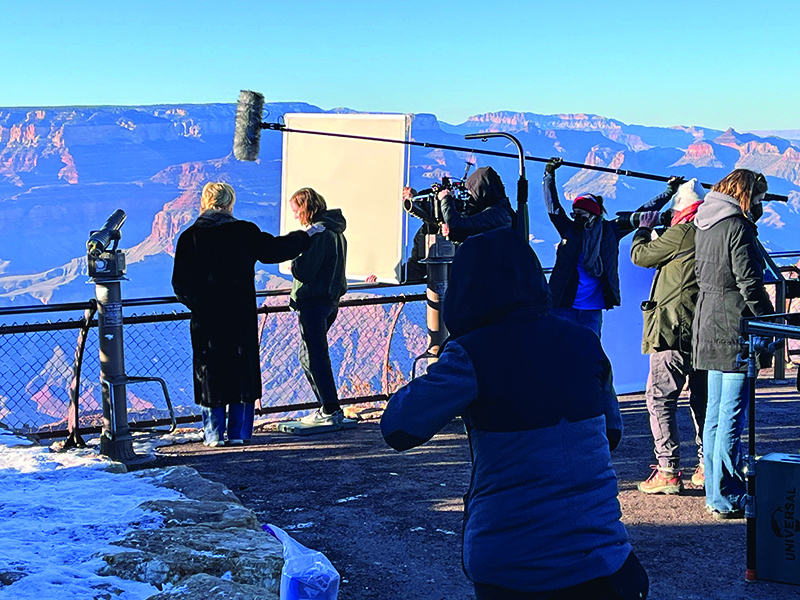
One of the highlights of the show for me has been working with our wonderful cast of talented performers and just really great people. Our leads, Jean Smart and Hannah Einbinder, keep us laughing at the sound cart, and are also some of the kindest people I’ve ever worked with. The opportunity to work with Jean doing her stand-up comedy scenes has been a one-of-a-kind experience. We laugh a lot on this show, and then some days, we also get to play with sound reinforcement in a legendary L.A. or Vegas venue or some hole in the wall comedy club.
Jean had requested that her mic be live for all stand-up work, and who am I to tell Jean no? After some discussion with post and our showrunners, we landed on the understanding that Jean needed to hear herself, the audience in larger venues needed to hear her, and that we wanted as little of the “house system” getting into her microphone as possible. Fortunately, Claire has years of live sound experience and along with Ryan did an incredible job at positioning speakers so that they could work for various camera angles and lenses while giving Jean and the audience all they needed by keeping the bulk of the house out of Jean’s microphone. We chose standard dynamic mics (Shure and Sennheiser) when we were shooting with a cabled look, and Lectrosonics HHa, and even UT400 mics when shooting a wireless handheld look. We typically set up four to six plant mics (Sanken COS-11’s and Sennheiser MKH50’s) for the audience depending on size to help post with timing.
A typical day on Hacks finds us with all cast wired and working with one or two booms depending on how giving the frames are. We have a wonderful camera department, and Ryan works well with our operators in finding solutions even if we have four mirrors and five glass doors in a shot, and yes, that’s happened.
Midway through the first season, both sound and camera suggested that perhaps we were making a show about mirrors. We’re a three-camera show, and often that precludes running a second boom, but, when necessary, Claire jumps in and kills it every time. A Sound Utility with refined boom skills is a huge asset, so hats off to Claire. My favorite days are when we are double swinging old school and I barely ever get past fader #2. Even with all the help from the camera operators, there are plenty of instances when the lavs just need to work. We always make a point of getting to know our costume department as early as possible and start making plans for anything that may require some additional work. Everyone on the Hacks costumes team has gone out of their way to help us work things out, and I believe the cast appreciates that as much as Post does. A big thank you to our Set Costumers Janet Jensen and John Ostrander.
On season two, episode four, “The Captain’s Wife,” we had singing and earwig work planned on Jean’s impromptu stage takeover. Jean is drinking at the bar and hears the pianist/singer on stage begin to play “Natural Woman” and being a bit tipsy, she heads to the stage and “borrows” the mic and proceeds to finish out the song. We shot for two days on an active (though docked) cruise ship for the episode, but thankfully, this scene was at a large hotel bar near Disney in Anaheim, and thus a little easier to load into.
The original plan had been for the entire performance to be pre-recorded and played back for the pianist/singer and Jean. That all changed fairly close to our shoot date and we recorded it all live.
The pianist (and eventually Jean) would sing into a Lectro HHa, and I had everything I needed for tracking the piano, but unfortunately the piano lid was closed for camera purposes, so plant mics and specialty instrument mics were used instead. I used a combination of DPA 4099’s, Shure Beta 98’s, and MKH50’s to bring the piano to life. We had lavs on Jean, the pianist, the featured cast, and six professional singers spread throughout the forty-plus background to help everyone singing stay in key. We did plenty of takes, and Jean left it all on the stage that day. It was very satisfying to mix all of the performance elements on location, and I was so happy the first time I was able to see and hear it finished in a theater at the premiere. I know the Post Team labored especially hard on episode four with so many difficult locations and so much going on between stand-up and musical performances. My hats off to John Cook, Ben Wilkins, Brett Hinton, and the entire Post Department for their top- notch work.
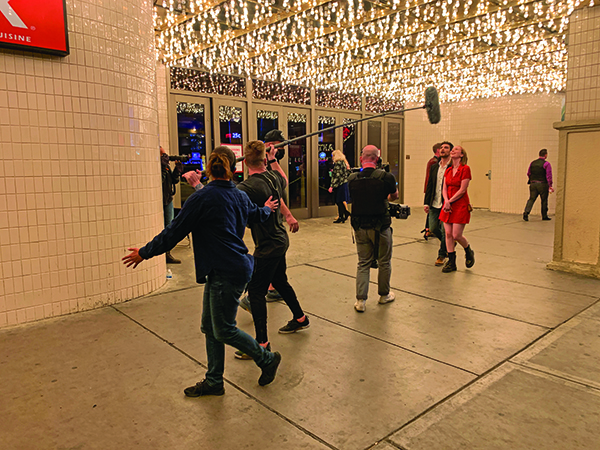
There was interesting work in multiple seasons where we see young Deborah Vance (played by Olivia Boreham-Wing) doing stand-up comedy and some commercials. For all of those scenes, we pre-recorded Jean’s dialog and played it back for young Deborah via earwig to recite lines against green screen or occasionally in front of a live audience as well. We always had Playback Operators and/or Music Recordists come in. Big thanks to “Z”—Jeff Zimmerman, Ryan Pederson, and John Lakin for coming out on our playback and musical performance days. Given the fluidity of our schedule, I kept a modest amount of playback equipment and earwigs on the truck, as well as a 688 bag with an Octopak just in case we need to get portable. Video Assistant Josh Levy was also a great help in locating scenes that he could feed to me and I could then feed to a speaker on set or earwig if there was a last-minute request for the other side of a multi-person phone call requiring the proper timing.
In season four, we finally got to spend some time on the Late Night set at Universal Studios. We spent about ten or twelve days shooting the Late Night scenes, most of it was straightforward, though we did have several walk-and-talks that required the bag given the depth and geography of the backstage hallways. We had exposed mics on cast who were appearing on the Late Night show and hidden lavs on all cast that weren’t. We hung audience mics for our BG reactions and used a Lectrosonics HHa for our guest comedians and crowd warm-up man. We had “Z” run playback for our show opens, commercial breaks, and closes.
Toward the end of our season, we had musical guest Randy Newman with a backing band on the Late Night set and Ryan Pederson was kind enough to come in and handle that. I rarely take on the task of recording full band performances on any of the shows I mix, so it was a lot of fun, especially getting to focus on the cast while Ryan worked his magic recording the band. That day was definitely one of the season’s highlights for the entire cast and crew.
You never really know how long a show is going to run, especially these days. When I got the call for Hacks, I knew it was going to be fun, and I certainly knew it could go for several seasons. After four seasons, I still can’t believe how great the show is, and how much fun it is to work on. This will always be special for me, and fingers crossed I’ll be a part of anything even approaching the caliber of this cast and crew in the future.